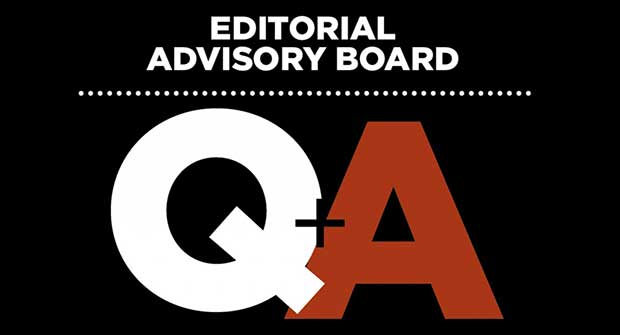One of the best parts of my job is digging into the results of our annual Herring Group Benchmark Report, now in its 11th year. In 2024, 163 companies participated, with an aggregate revenue of $2.3 billion.
I enjoy analyzing the Benchmark Report because it surfaces powerful ideas that can help landscape company owners improve their businesses and their lives.
One of the highlights of this year’s report is an average gross profit margin of 6.9 percent, up half a point from last year (over the 12 months ended Sept. 30). However, this average does not tell the real story — the difference between the haves and the have-nots.
Opposite ends of the spectrum
In our experience, a 10-percent operating profit margin is a key threshold for success in the landscape industry. The haves are the companies with an operating profit margin greater than 10 percent, and the have-nots are the companies with an operating profit margin of less than 10 percent.
We focus on operating profit margin because it is the one statistic that measures three key priorities for a landscape company — customer satisfaction, management effectiveness and operational efficiency.
The average profit margin for the haves is 13.8 percent, while the average profit margin for the have-nots is 3.5 percent. That is quite a difference, and it is worth considering what these two groups do differently.
This year, 31 percent of the companies had an operating profit margin greater than 10 percent and earned 66 percent of the total profits captured in our report. Put another way, one-third of the companies made two-thirds of the profit. Let’s examine what separates the two groups.
Making the difference
The first thing high-profit companies do well is create a motivating vision for their firms and communicate it to their teams and customers. This vision must go beyond “We cut grass and install plants.” It should motivate employees to create and accomplish their work with great quality and pride. Look around at the visions of landscape companies and you will find some great examples of motivating visions.
The second attribute of companies with operating profit margins above 10 percent is courageous pricing.
Pricing is difficult, especially in an industry like ours with a low barrier to entry. As a business owner, there are always many voices telling you your prices are too high. Very rarely will anyone tell you your prices are too low. You need good data to help you make pricing decisions.
The final factor separating the haves and the have-nots is diligent execution. Landscape companies can execute diligently through the following six steps:
1. Create a plan to achieve and maintain a high operating profit margin.
2. Adopt business management software like Aspire.
3. Consider other software and technology that can increase customer satisfaction, management effectiveness or operational efficiency. Examples include Team Engine for recruiting and communicating with field employees, and SmartLink by Weathermatic for irrigation management.
4. Hire and retain great people, whether as employees or contractors.
5. Implement effective processes to ensure customer satisfaction and efficiency.
6. Ensure your company’s processes become habits and, ultimately, part of your culture.
Think of the flywheel concept, popularized by Jim Collins in his book, “Good to Great.” At first, one needs consistent effort to get a flywheel spinning; it is a lot of work. Over time, cumulative pushes on the flywheel build momentum, making improvement easier. If consistency decreases, the flywheel will slow down, making improvement more difficult and results less predictable.
When companies focus on a vision, pricing and building a flywheel for execution, the results are predictable: They become one of the haves — profit margins, owners’ life margin and employee autonomy increase. Are you willing to do what it takes to be in that group?


